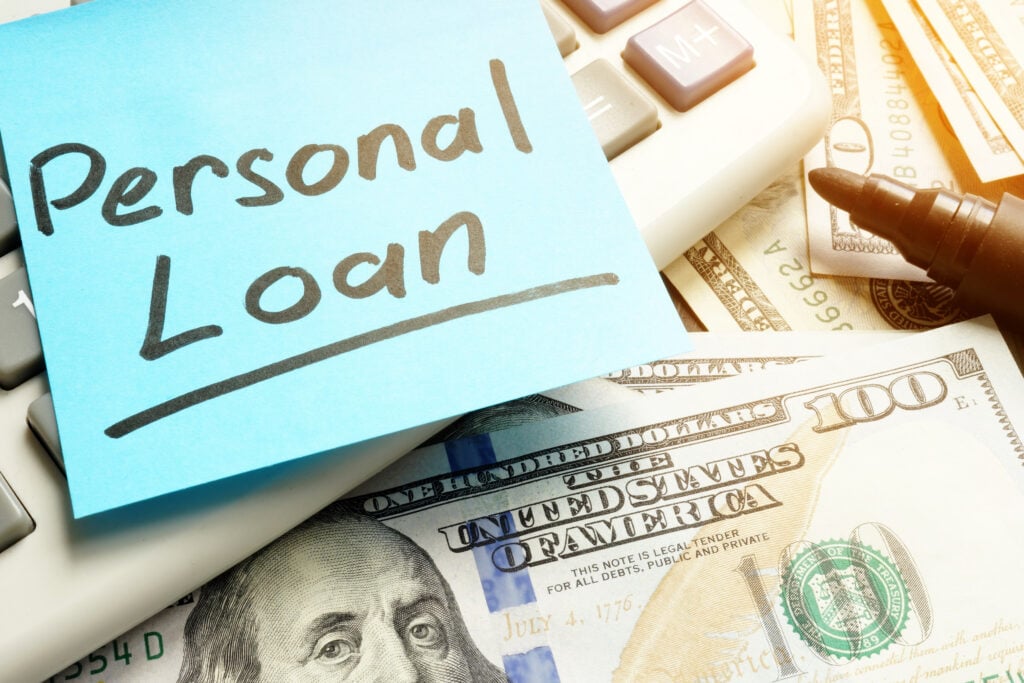Whether you are trying to save a down payment for a first home or need to get better control of your household budget, loan consolidation can be at least part of the answer. The other part of the answer is spending less than you earn. Here, we take a look at the differences between consolidating credit card debt through a personal loan compared to a new credit card with an introductory rate of 0% APR.

The post-COIVD economy is affecting most of us in unusual ways. This includes credit card companies and banks. Many people used credit cards for an extended time to help get by on a reduced income or no income at all. Now that things are a little more normal, people are still struggling financially with inflation and the prospects of a recession. A tight income and stretched budget reduce the options you have available to consolidate debt. Many credit card companies have stopped offering 0% APR balance transfers, restricted the availability, are charging a balance transfer fee, or reduced the amount you can transfer interest-free. The amount you are allowed to transfer is often lower than your actual balance or card limit. That means you might be able to transfer most of the balance over to 0% but you’ll also end up adding another credit card to your wallet to keep track of. Not exactly the consolidation you were looking for.
There are reasons to read the fine print before transferring to another card. Some cards charge a balance transfer fee between 2% and 5%. There are cards that don’t charge a transfer fee, but you need to search those out. Another obstacle that you might face is that card transfers typically require a good or excellent credit rating. Also, know how long the 0% APR promotion period lasts and if you can reasonably pay off your debt before it ends. People with the highest-rated credit scores might find a 0% promotional period that lasts as long as 18 months. However, most last 12 months or less.

If you are saving a down payment to buy a home, you should already be aware that interest rates fluctuate daily. With the Federal Reserve raising interest rates, credit card rates are also going higher. In July 2022 the average APR was 15.13% but the average in August has risen to 17.98%.
A 24-month personal loan can be as low as 3% but will likely range up to 9.6%. The rate you qualify for will vary depending on your credit score, annual income, and debt-to-income ratio. If you take out a longer-term personal loan, the interest rate will be slightly higher.
For example, if your credit card balance is $10,000 and you’re paying the average APR of 16.6%, you’ll pay about $1,750 in interest by paying off the debt in two years. If you can pay it off in 12 months with a 0% APR (without a transfer fee), you won’t pay any interest at all. A personal loan for two years at 9.6% APR will cost you about $965 in interest. The savings compared to your current credit card will be about $985.
Advantages and disadvantages tend to be personal depending on your situation. For instance, a 0% APR credit card is a revolving account. As you pay part of the balance down each month, you can make more purchases using the card. Personal loans are not usually revolving. You cannot borrow more money on a whim against a personal loan. A personal loan will help you stay disciplined to pay off the debt without adding to it, but you give up the flexibility of having quick credit available. A credit card provides flexible credit but can tempt you to add to the balance instead of paying down the debt. A side benefit is that paying down a personal loan will probably improve your credit score but continuing to add to a credit card balance may lower your score.
The biggest reason to go with a personal loan is that these offer a lower interest rate than credit cards. It will cost you less to get out of debt. You can often get a larger personal loan than the allowable transfer limit for a 0% credit card. This can allow you to consolidate multiple credit cards. A single loan also simplifies keeping track of your monthly payments. A personal loan is often the best answer if your credit rating is less than good or excellent and you have trouble making impulsive purchases.
If your credit card debt is generally under control and you have a good or excellent credit rating, a 0% APR credit card transfer can be the better answer. However, if it will take longer than the promotional period to pay off the debt, the high credit card interest rate will kick in and could end up costing more than a low-interest personal loan.
Please comment with your thoughts about paying off debt.
Also, our weekly Ask Brian column welcomes questions from readers of all experience levels with residential real estate. Please email your questions, inquiries, or article ideas to [email protected].